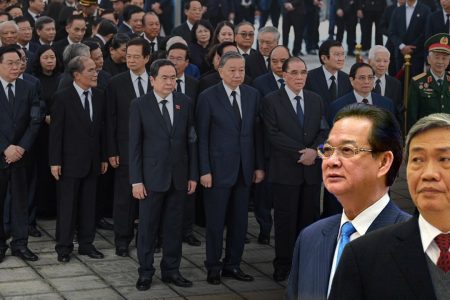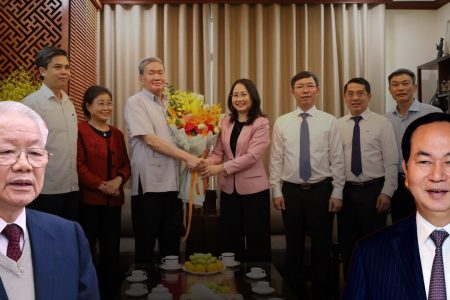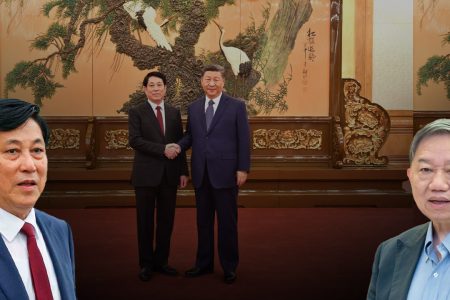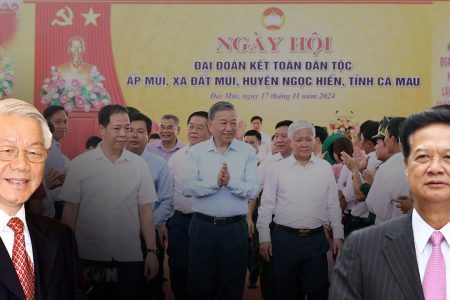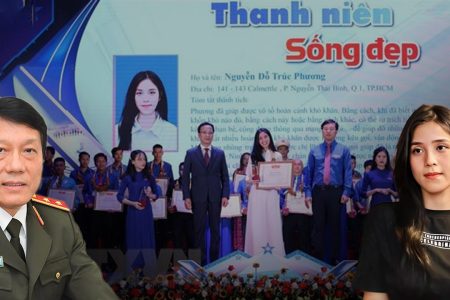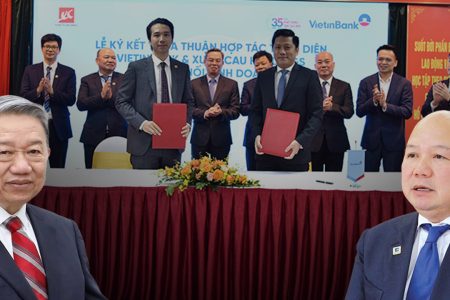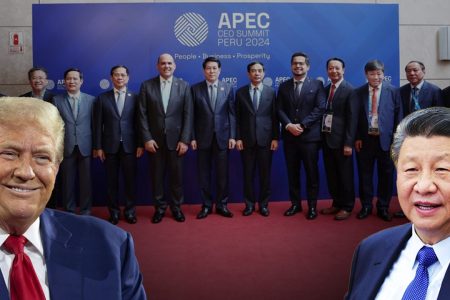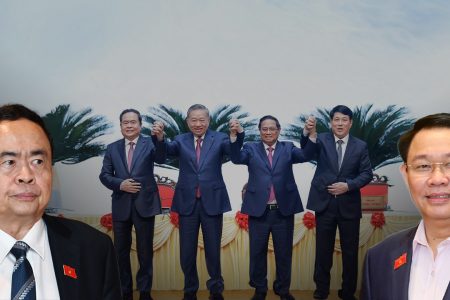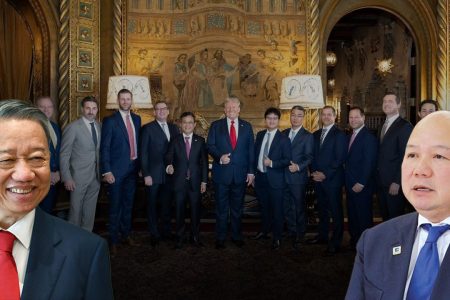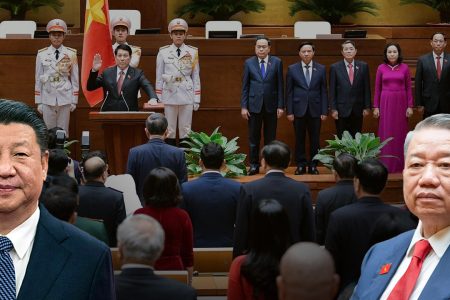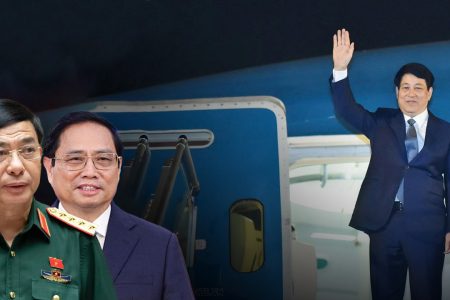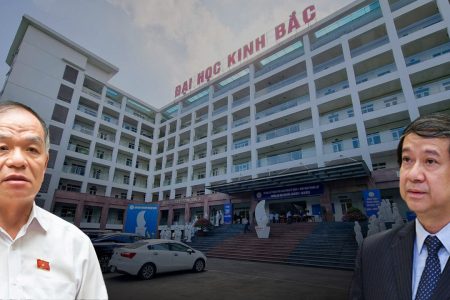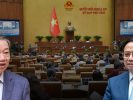Although some people say that the “reform” is showing signs of regression, General Secretary To Lam is still optimistic, affirming that “Vietnam will enter a new era in more than a year.” That was his affirmation on November 25 in the discussion on “New development era, the era of the Vietnamese people’s rise” at the Ho Chi Minh National Academy of Politics.
Notably, Lam said that the time to start the new era is the 14th National Congress of the Party scheduled in early 2026. From now on, “all Vietnamese people, hundreds of millions of people as one, will join hands and make the country develop comprehensively, strongly, break through and take off.”
It is known that in recent days, many newspapers in Vietnam have responded and opened the column “The Era of National Rising” to promote the idea of General Secretary Lam. Some opinions say that it is to relieve the deadlock of the party chief.
According to some assessments, right after Lam officially became the General Secretary of the Communist Party of Vietnam, on August 3, he made a determination to reform the institution, to bring the country into the “New Era of the nation.” However, up to now, people have seen that General Secretary Lam has limited the mention of the phrase “institutional reform” and put forward the concept of “streamlining the state apparatus.” This is a manifestation of regression.
The concept of institutional reform, and the content of streamlining the state apparatus proposed by Lam, are two related concepts, but have different scopes and goals. Accordingly, “institutional reform” aims to focus on changing, perfecting improving legal regulations and management mechanisms to create a favorable environment for socio-economic development.
Meanwhile, streamlining the state apparatus is simply the arrangement and reorganization of the structure of agencies and units in the political system to operate more effectively and efficiently through reducing the number of focal points, eliminating overlapping functions and tasks of organizations in the political system.
Notably, streamlining the state apparatus is not Lam’s creative idea. It comes from 2 Resolutions No. 18-NQ/TW with different content and timing. Specifically, Resolution No. 18 dated October 25, 2017, and Resolution No. 18 dated June 16, 2022. Both Resolutions No. 18 are related to piloting a new organizational model and holding a number of positions concurrently to “streamline the focal points.”
Resolution No. 18 on streamlining the apparatus was issued in October 2017, which has been 7 years, but the results have not been as expected. On the contrary, the state apparatus has become increasingly bloated, instead of being streamlined. Public opinion sees that the policy of streamlining the state apparatus is the right policy, even very good. But it greatly affects the power and interests of party leaders at all levels, in all sectors from the central to local levels. This is the reason why the implementation of the two Resolutions No. 18 of the Communist Party of Vietnam has not had any results.
According to some comments, since taking office as General Secretary, Lam has hardly done any specific work worth noting, but has only made general calls.
In general, Lam’s activities in the past 4 months have mainly focused on consolidating his political position and diplomatic relations as well as consolidating his personal power, and preparing for the next steps in his political career, rather than implementing specific policies that directly benefit the country and the people.
Why is General Secretary Lam’s institutional reform considered to be at such a deadlock? How is this issue related to the Party’s internal affairs as well as pressure from China? Please continue to follow the next part.
Tra My – Thoibao.de




